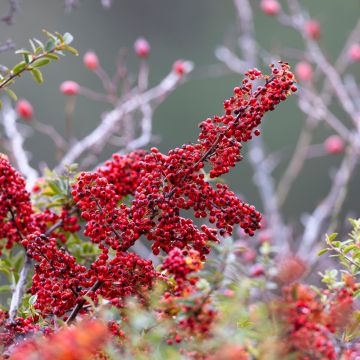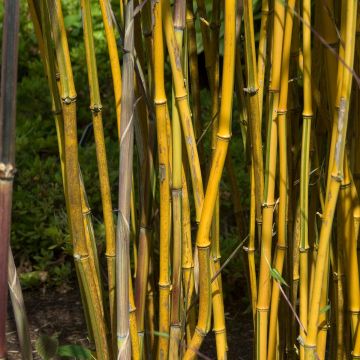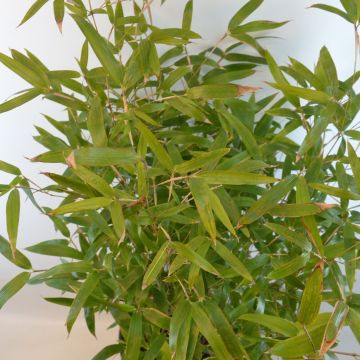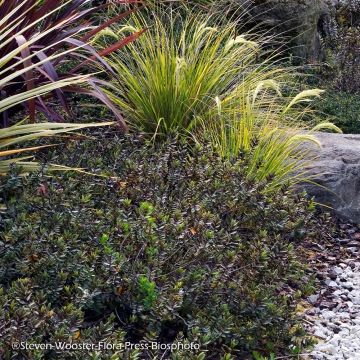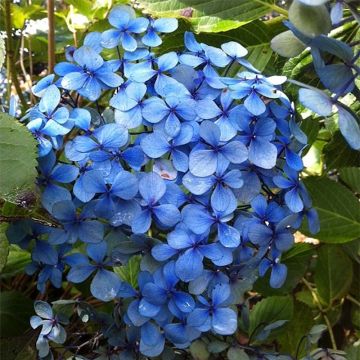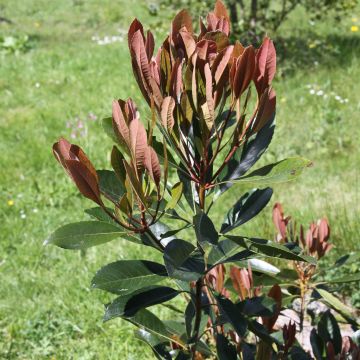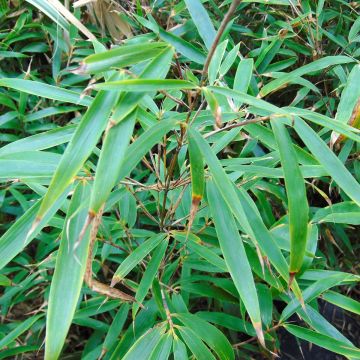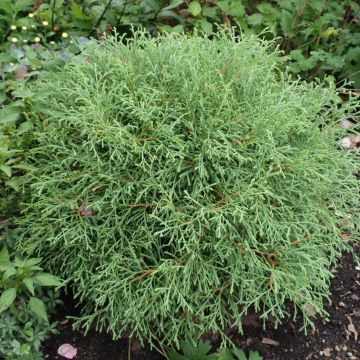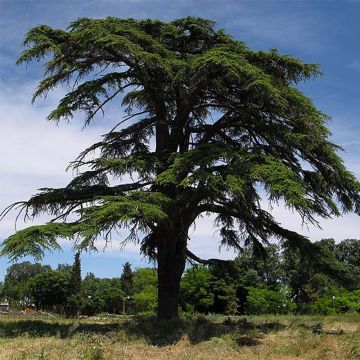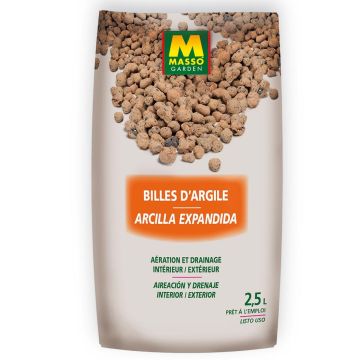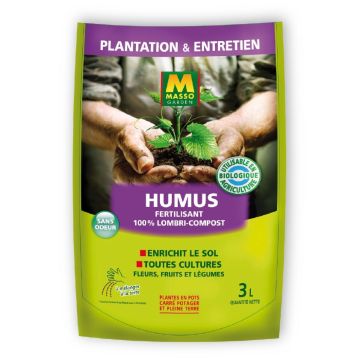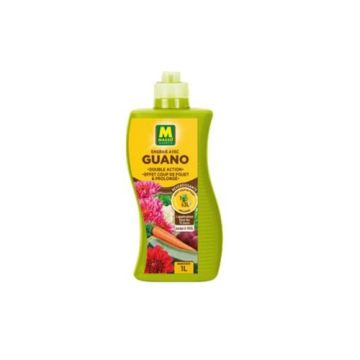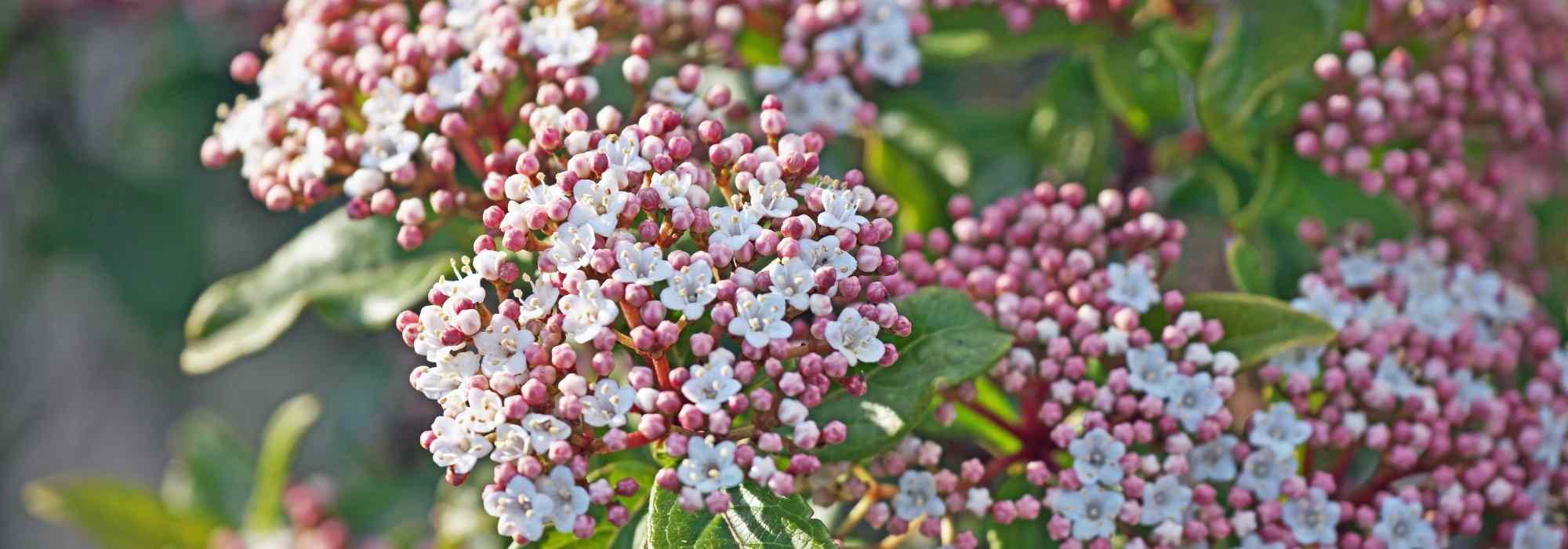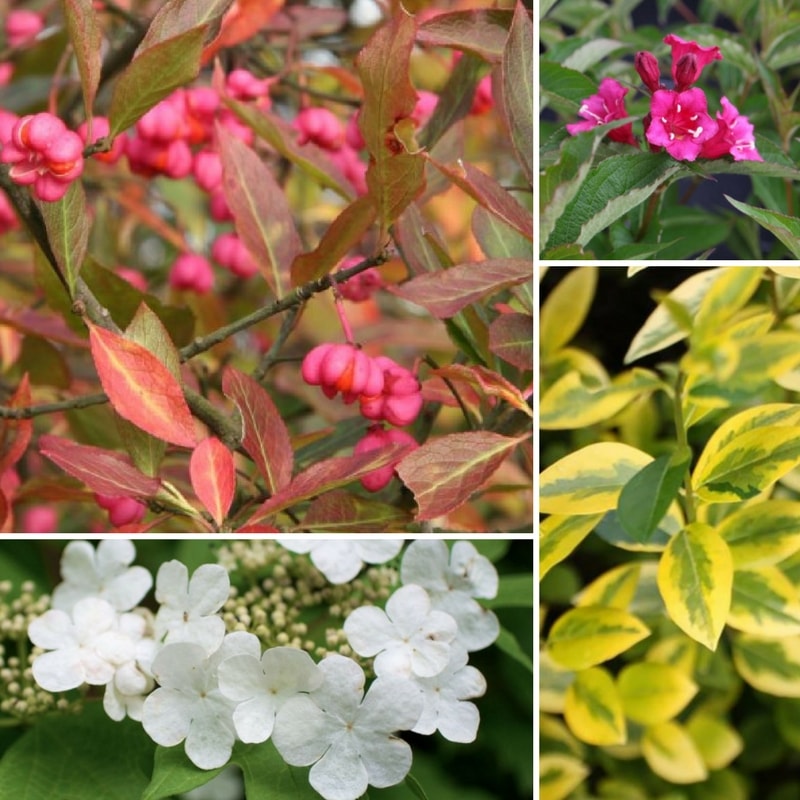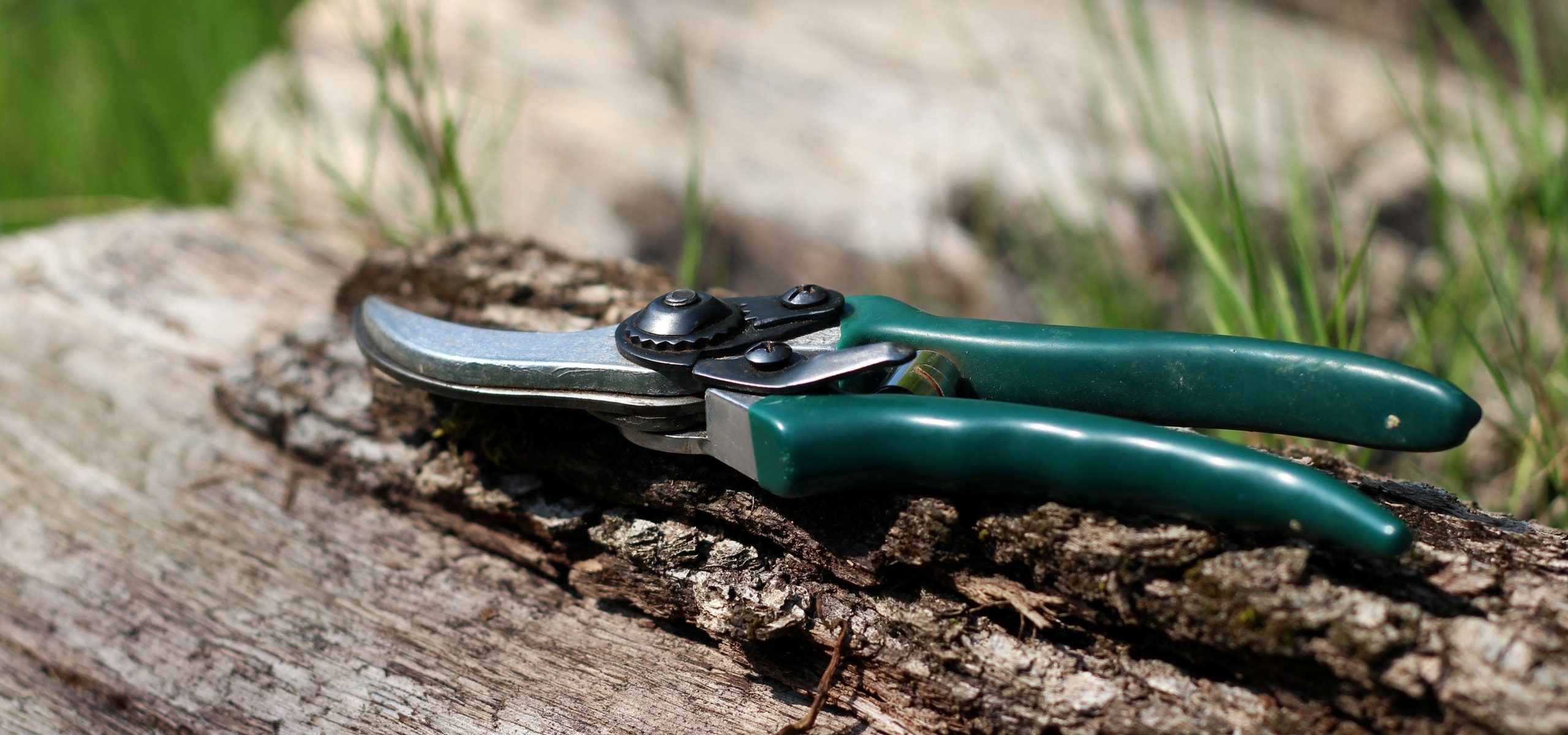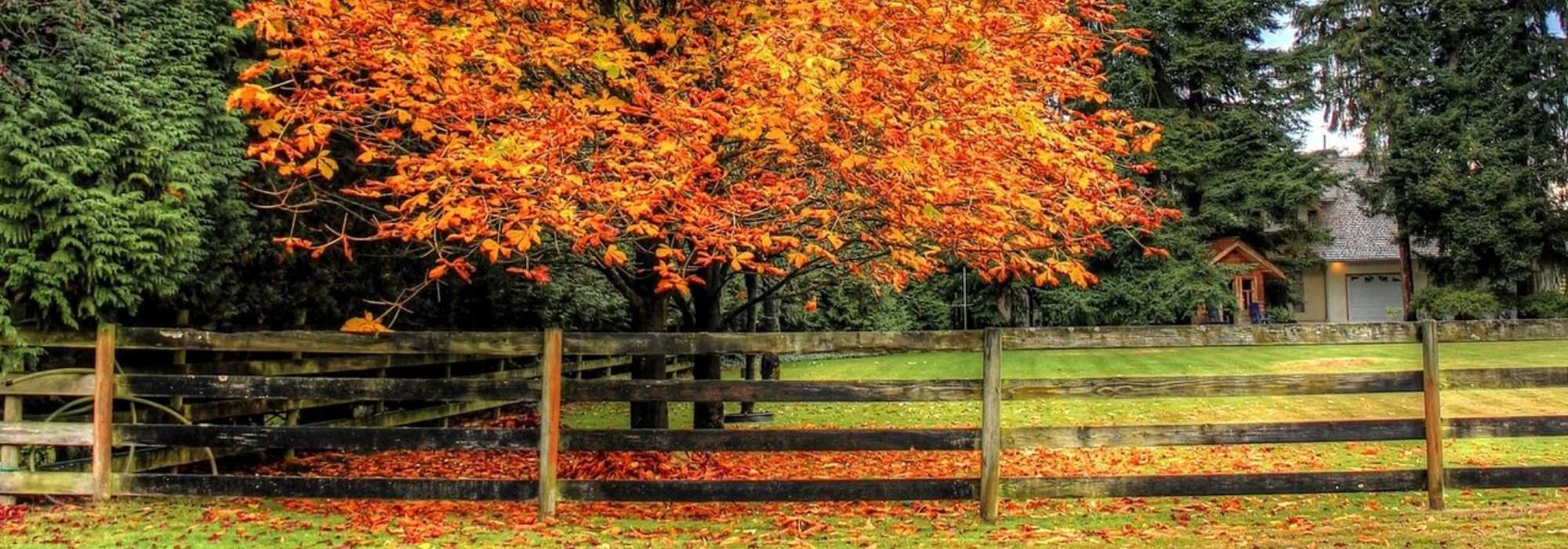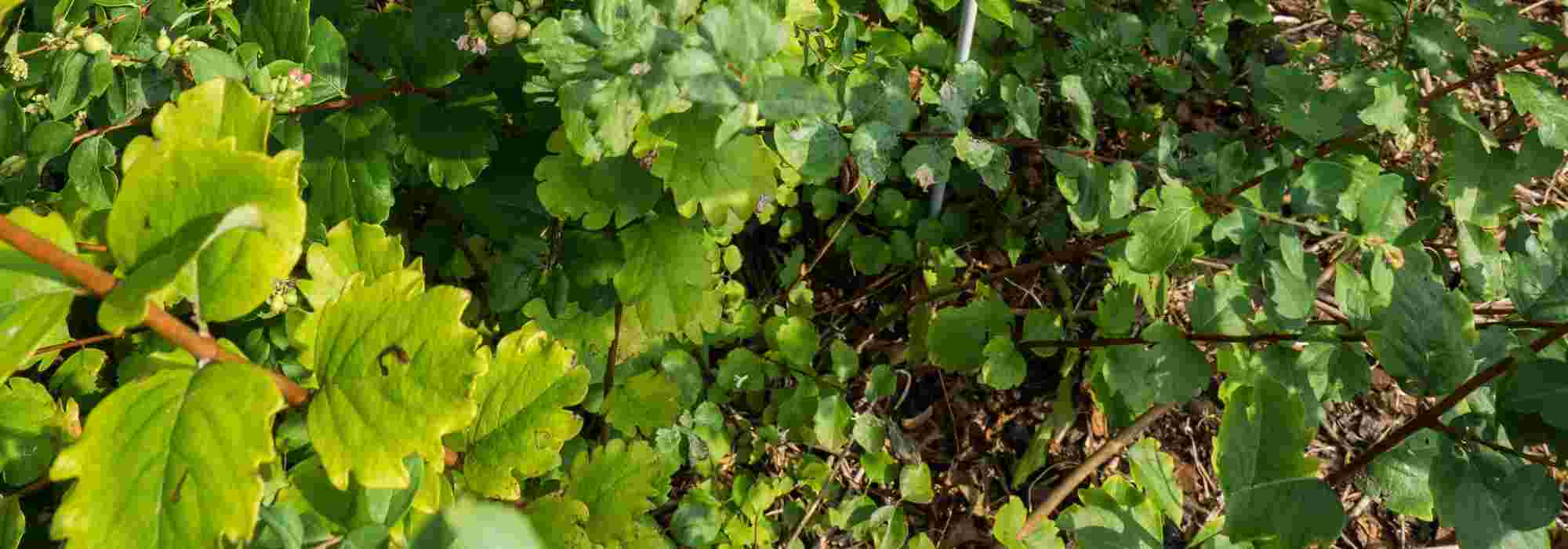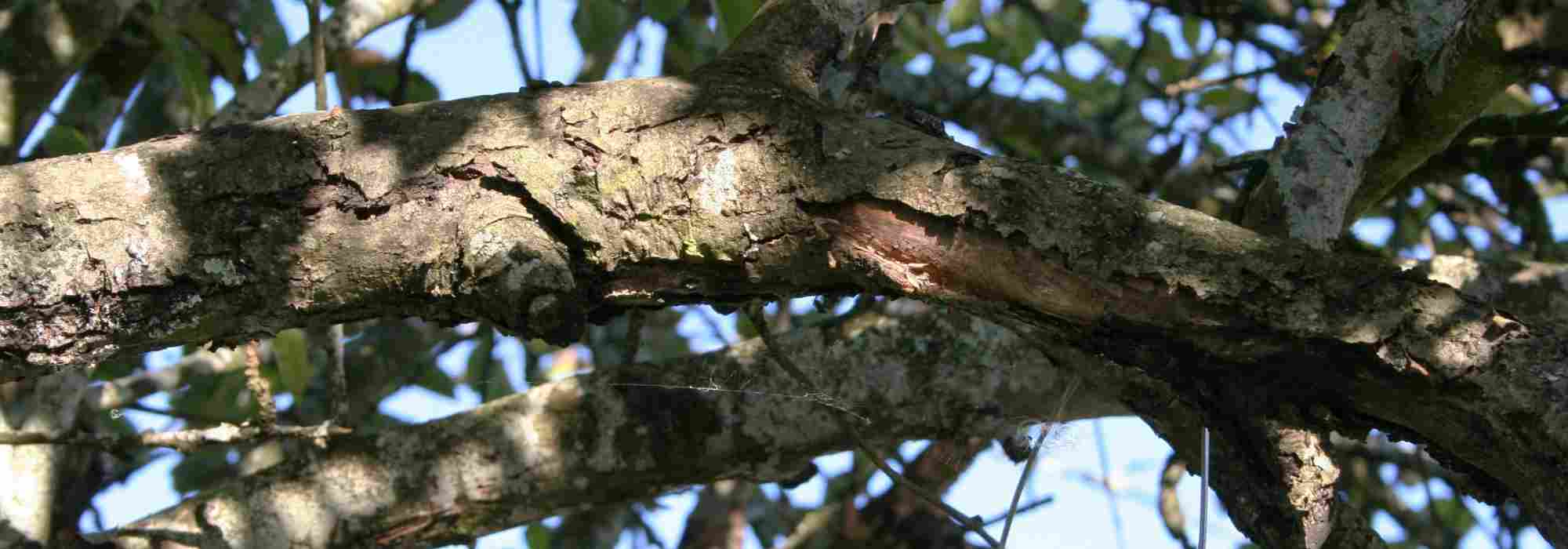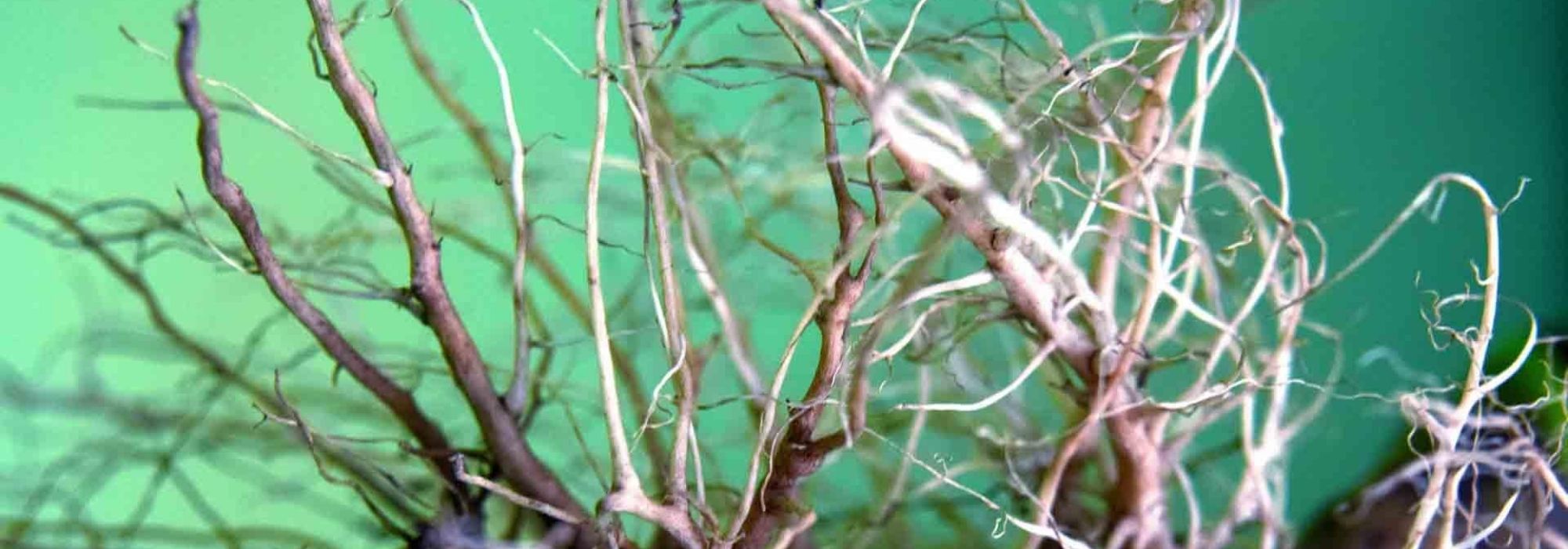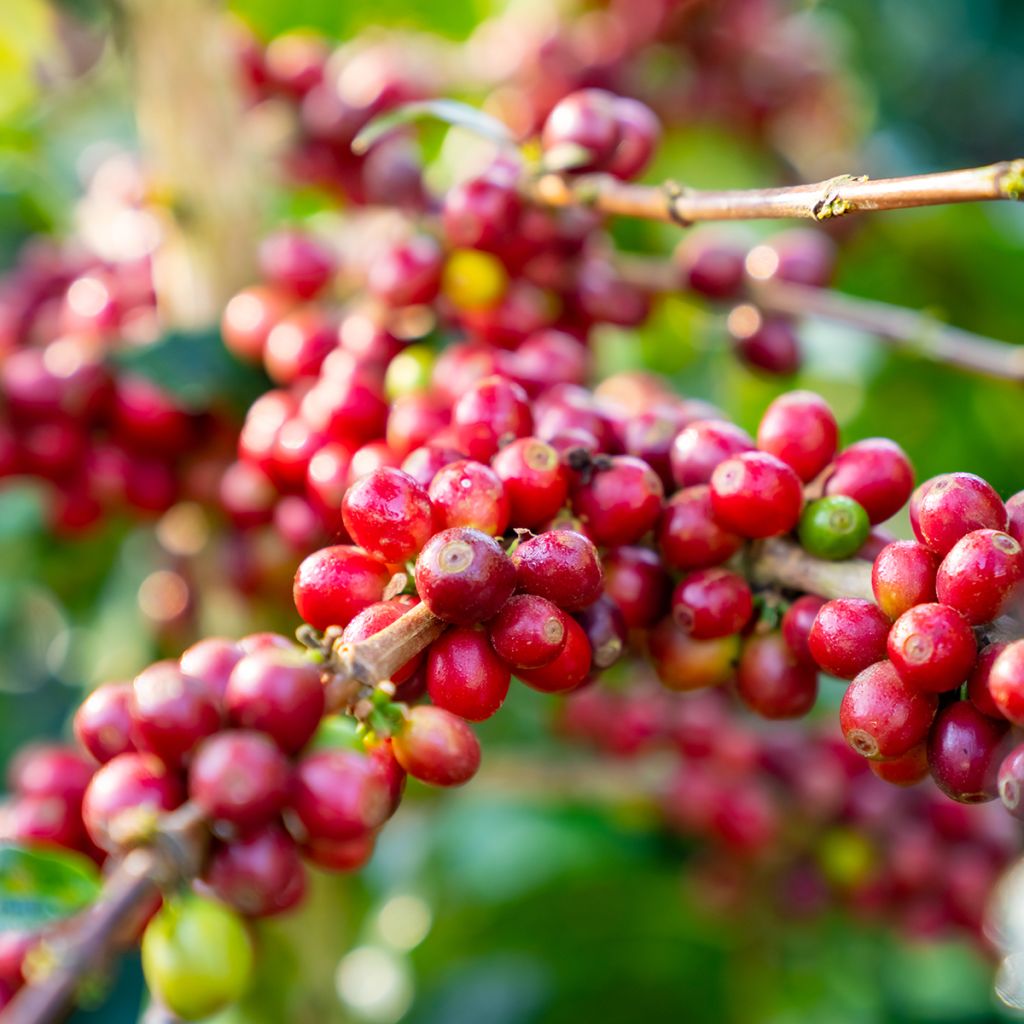

Coffea arabica
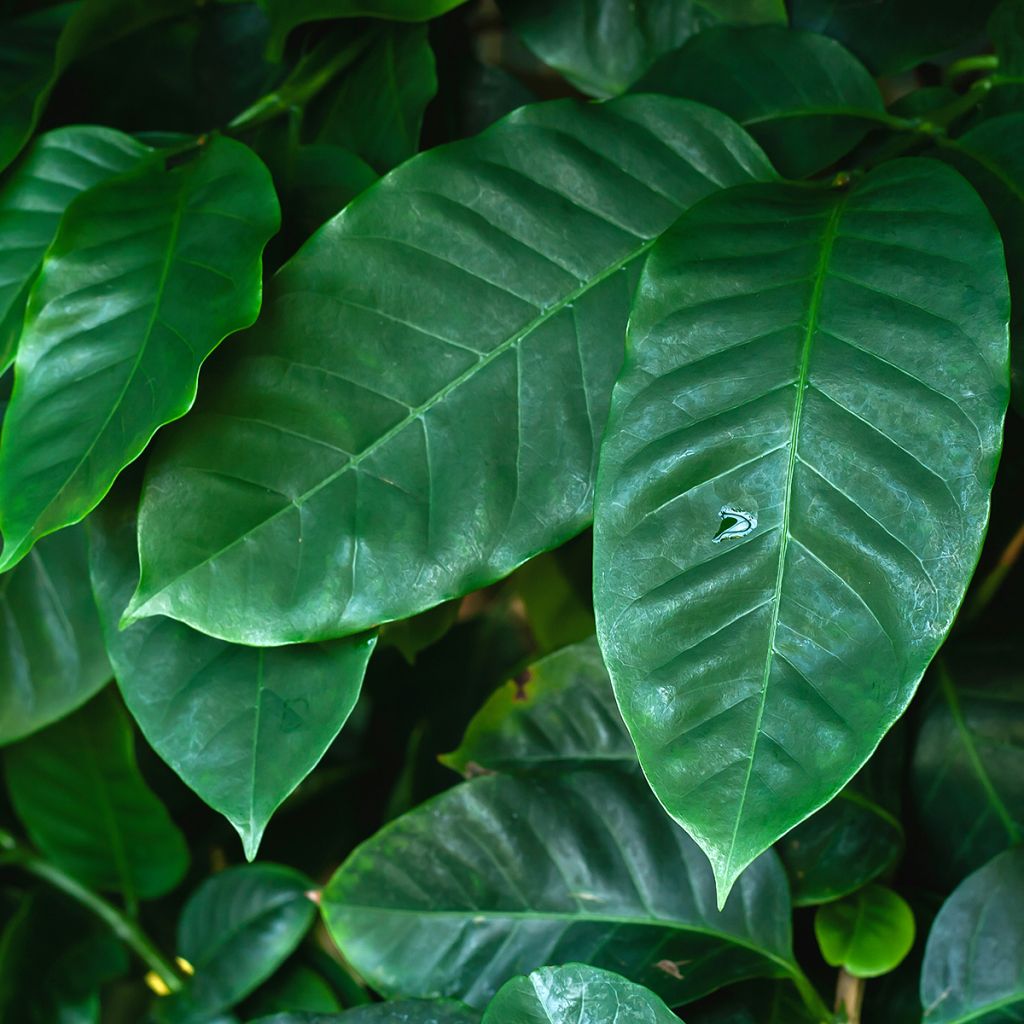

Coffea arabica
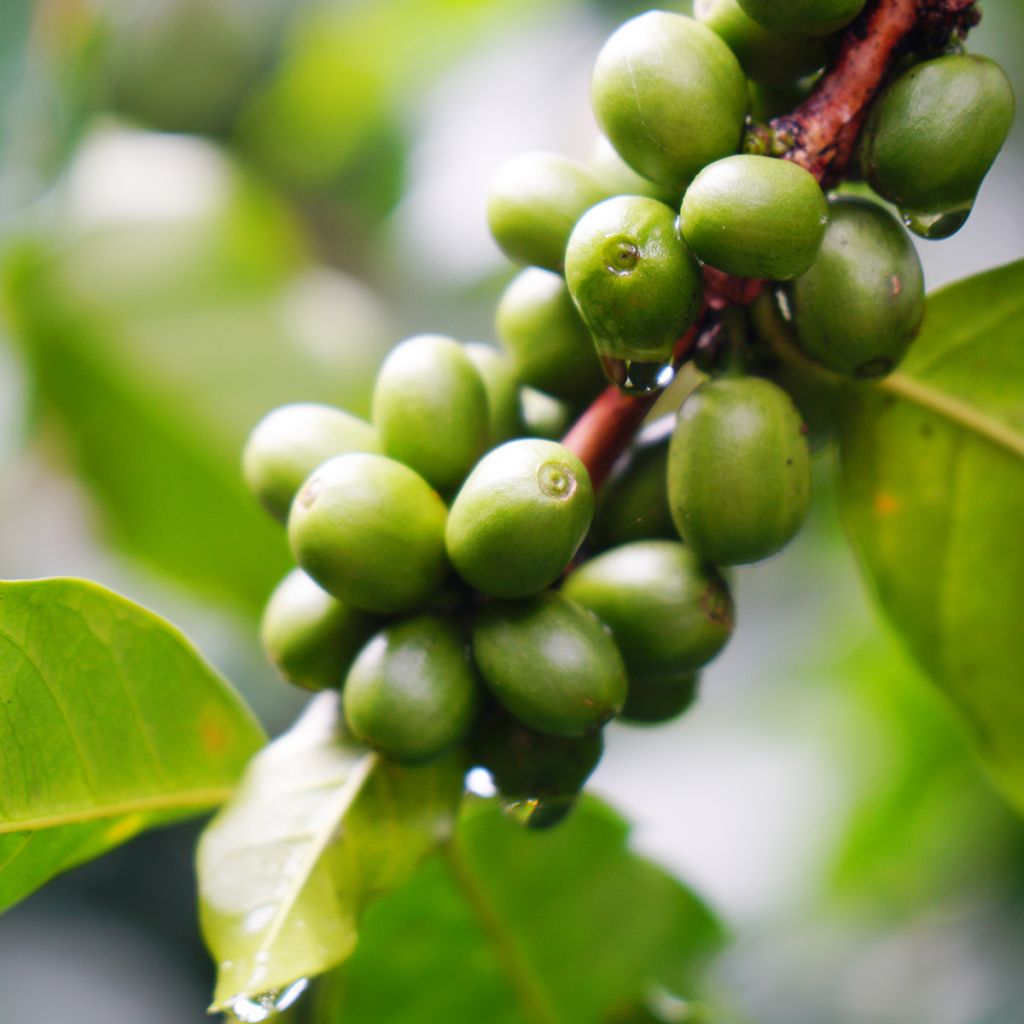

Coffea arabica
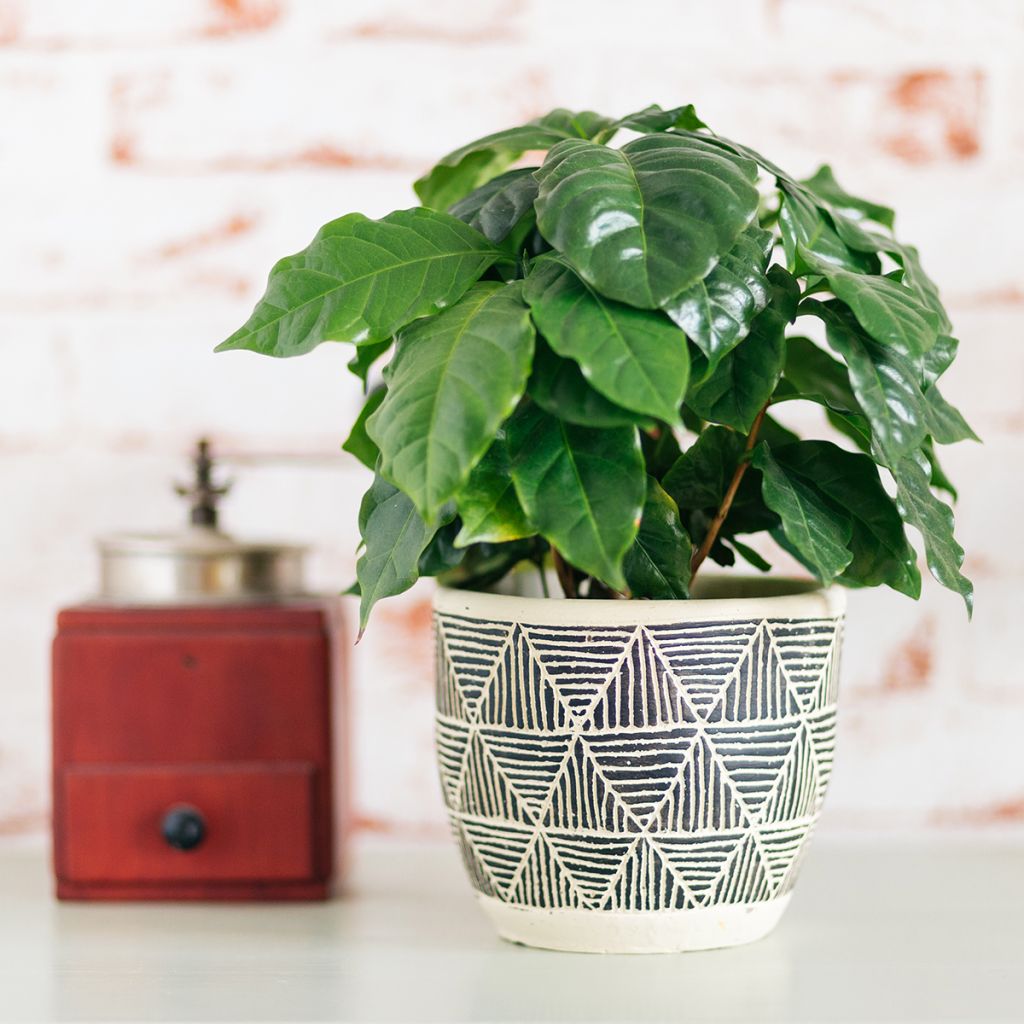

Coffea arabica
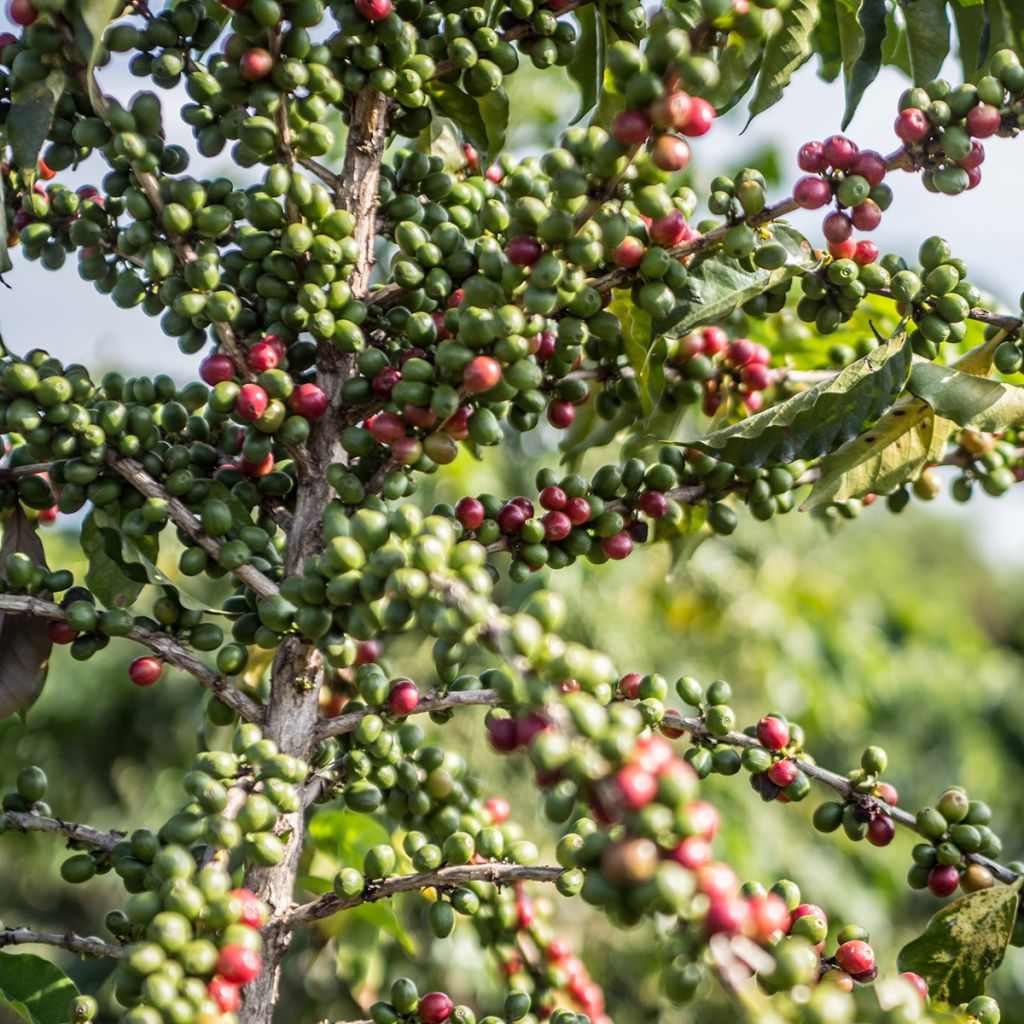

Coffea arabica
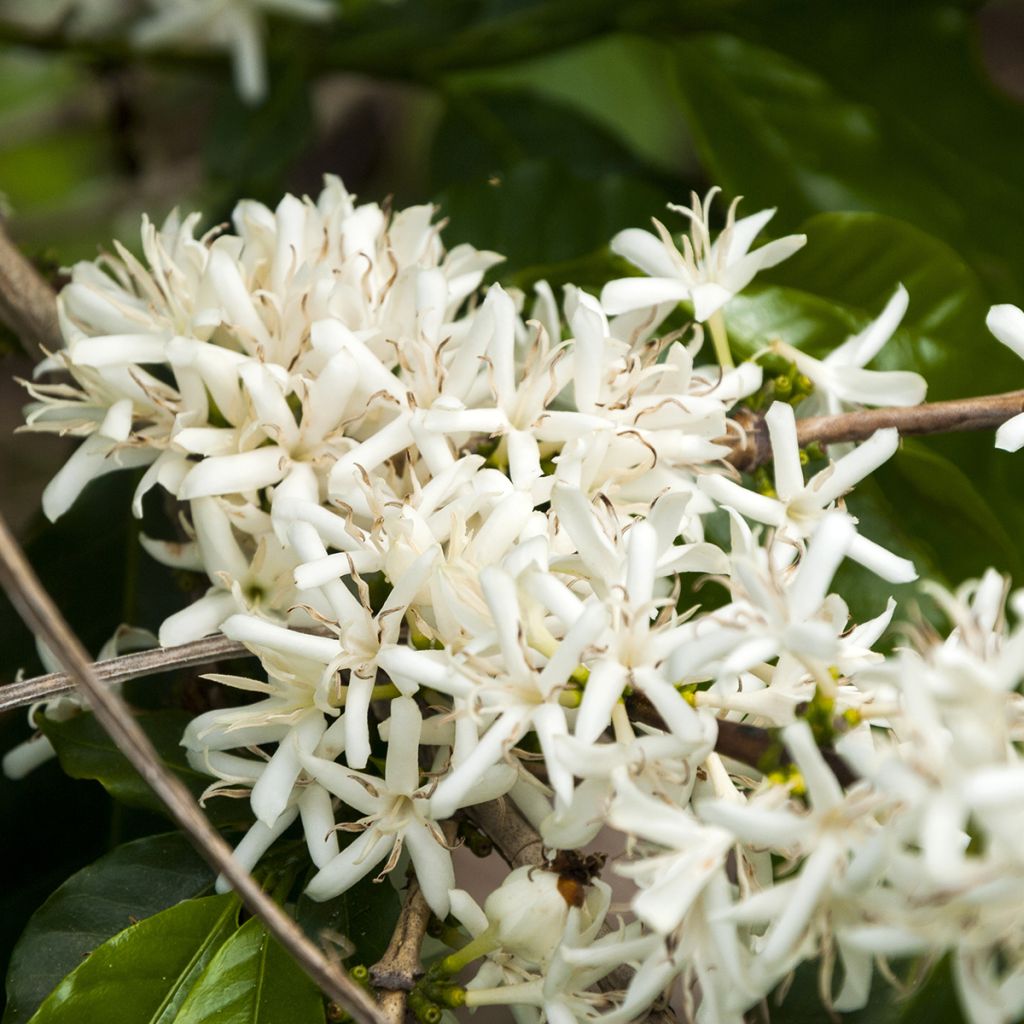

Coffea arabica
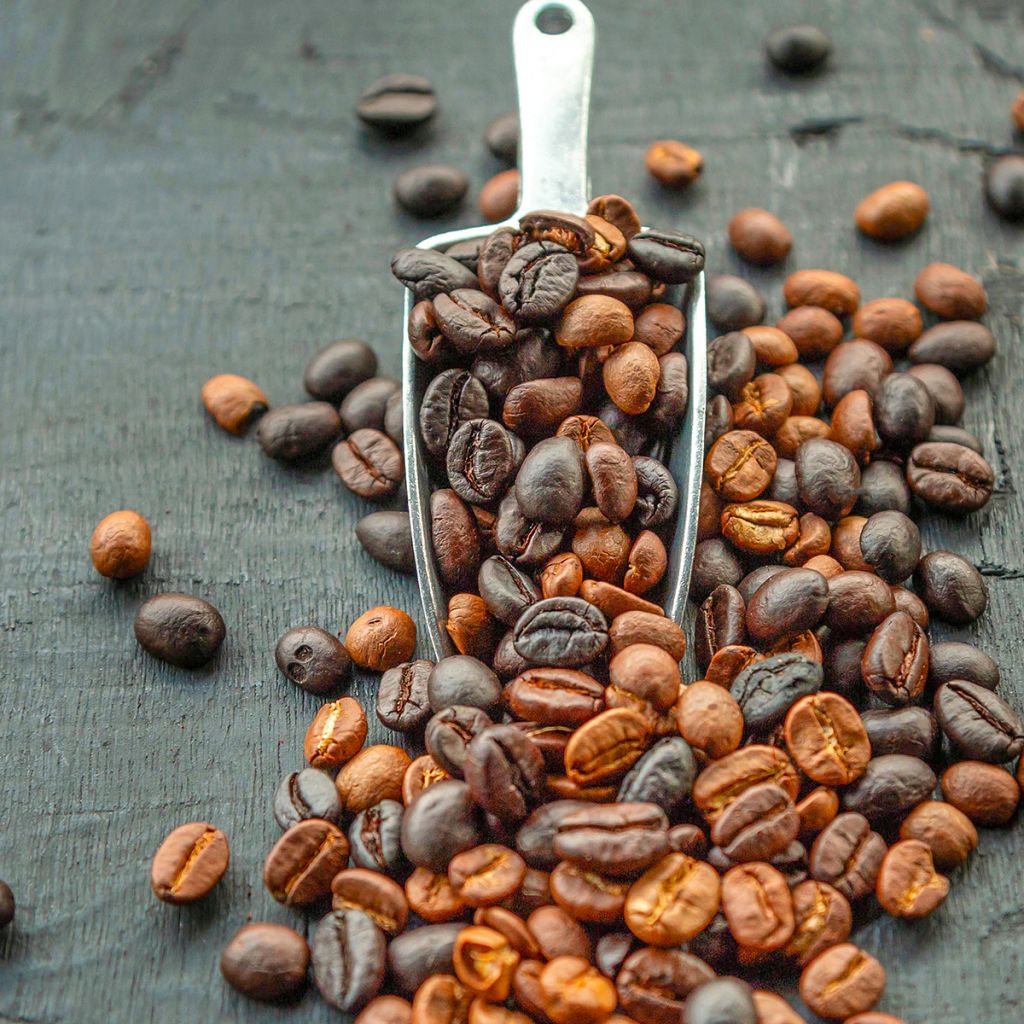

Coffea arabica
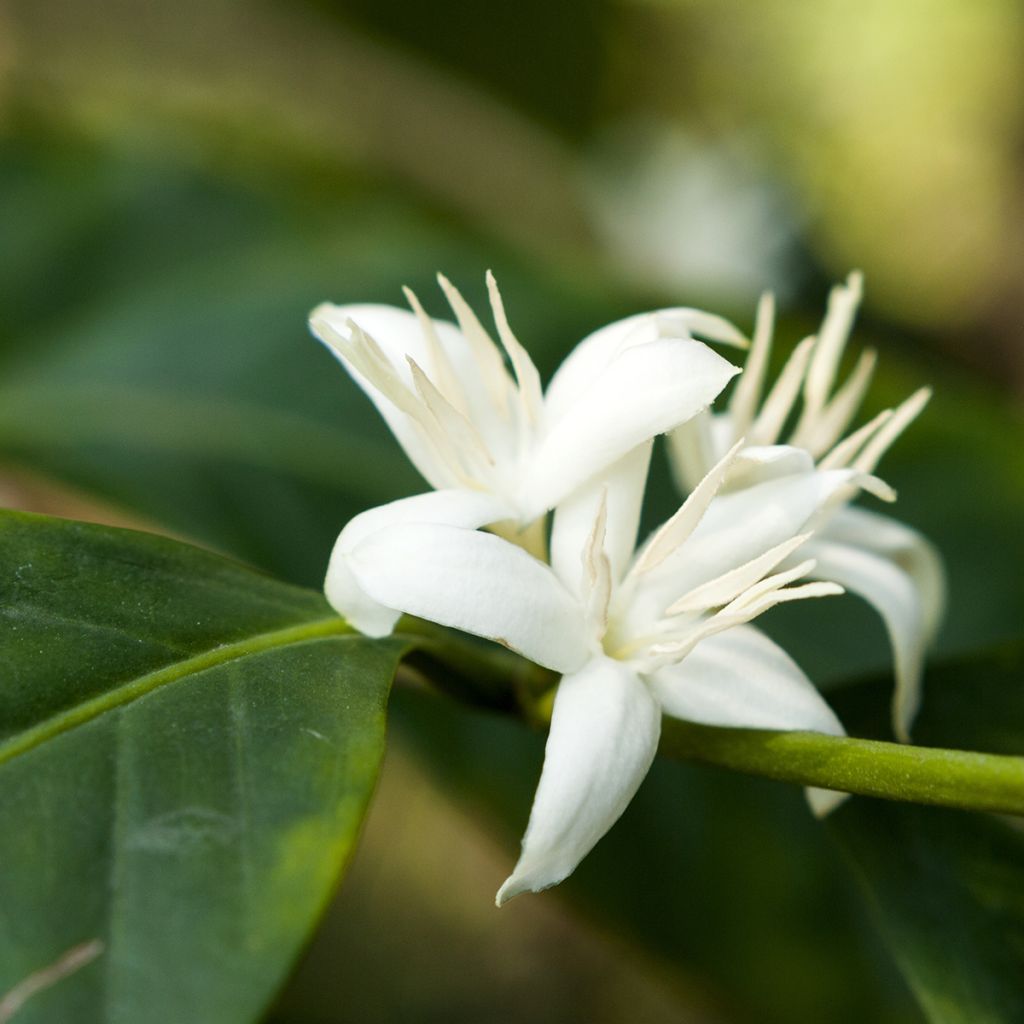

Coffea arabica
Coffea arabica
Coffea arabica
Arabian Coffee, Mountain Coffee
Special offer!
Receive a €20 voucher for any order over €90 (excluding delivery costs, credit notes, and plastic-free options)!
1- Add your favorite plants to your cart.
2- Once you have reached €90, confirm your order (you can even choose the delivery date!).
3- As soon as your order is shipped, you will receive an email containing your voucher code, valid for 3 months (90 days).
Your voucher is unique and can only be used once, for any order with a minimum value of €20, excluding delivery costs.
Can be combined with other current offers, non-divisible and non-refundable.
Home or relay delivery (depending on size and destination)
Schedule delivery date,
and select date in basket
This plant carries a 6 months recovery warranty
More information
We guarantee the quality of our plants for a full growing cycle, and will replace at our expense any plant that fails to recover under normal climatic and planting conditions.
Description
The Coffea arabica, also known as the Coffee plant or Arabian coffee plant, is a unique shrub native to East Africa. It has a fascinating habit of producing berries, known as 'cherries', each containing two coffee beans. This plant thrives in temperatures between 15 and 25°C, making it a perfect choice for indoor cultivation in greenhouses or heated verandas. Despite not being a coffee provider, it is highly appreciated for its shiny foliage, pyramidal habit, and white, fragrant summer flowering. The coffee plant, or Arabian coffee plant, is a shrub native to East Africa and widely spread in tropical regions, especially in Central and South America, where it is cultivated for its production of berries, called "cherries", each containing two coffee beans. It thrives in temperatures between 15 and 25°C, so it is cultivated indoors, in greenhouses or in heated verandas. Not demanding, it is appreciated for its shiny foliage, pyramidal habit, and its white and fragrant summer flowering, but don't expect it to provide you with coffee!
The Coffea arabica is a perennial shrub with evergreen foliage belonging to the Rubiaceae family. It is native to East Africa: Ethiopia, South Sudan, Kenya, Yemen, and Arabia. The only coffee plant cultivated until 1865 is widely spread in tropical regions, especially in Central America (Costa Rica, Honduras) and South America (Brazil), where it is cultivated for coffee production. The Arabian coffee plant is a small tree, less than 5 to 8 m tall in the wild, which appreciates the shade of more giant trees. It forms a shrub with a pyramidal habit. Its elliptical, veined, evergreen leaves have a short petiole and are dark green and shiny. Alternatively, they measure about 5 cm wide and 13 cm long. The white flowers are grouped in clusters of 3 to 7 in the axils of the leaves. Their gamopetalous corolla is tubular with 4 or 5 lobes. The fruits are berries, called "cherries", bright red or purple when ripe, with sweet pulp. They contain two seeds, placed face to face, with the characteristic shape of coffee beans.
Potted Coffee plants reach approximately 1.5 m in height. They present themselves as lovely small trees with relatively slow growth and elegant foliage, which easily adorn themselves with pleasantly scented small flowers. The flowering occurs in summer, when the plant is 3 or 4 years old. It consists of small star-shaped white flowers gathered in clusters. It is a tropical plant that cannot tolerate frost. Never expose it to temperatures below 13°C, as it would lose its leaves, and below 0°C, it would perish.
The Coffea arabica is a beautiful indoor plant that thrives easily in a bright room in the house, in a greenhouse, or on a heated veranda. It should be placed in a very bright location, but without direct sunlight, except perhaps in winter. The temperatures of our interiors suit it well all year round, especially if the atmosphere is slightly humid.
Report an error about the product description
Coffea arabica in pictures






Plant habit
Fruit
Flowering
Foliage
Botanical data
Coffea
arabica
Rubiaceae
Arabian Coffee, Mountain Coffee
East Africa
Other Shrubs A to Z
View all →Planting and care
The coffee tree enjoys temperatures ranging from 15 to 25°C throughout the year, with a slightly humid atmosphere and ideally non-limestone water for watering.
When cultivating a coffee tree, it's important to use a deep container with a substrate that's rich in organic matter, such as potting soil. This substrate, enriched with well rotted manure or compost at the bottom of the pot, ensures proper drainage and provides essential nutrients. Water the tree by fully moistening the substrate and allowing it to dry halfway down the pot between waterings. In winter, reduce watering, but avoid letting it completely dry out.
The best way to provide a humid atmosphere is to place an air humidifier nearby. You can also place the pot on a bed of clay pebbles, but the beneficial effect is minimal.
For pruning, the main trunk is pinched after the third or fourth bud to promote branching. Once the secondary branches have grown, they undergo the same treatment to multiply the branches.
Planting period
Intended location
Care
Planting & care advice
This item has not been reviewed yet - be the first to leave a review about it.
Haven't found what you were looking for?
Hardiness is the lowest winter temperature a plant can endure without suffering serious damage or even dying. However, hardiness is affected by location (a sheltered area, such as a patio), protection (winter cover) and soil type (hardiness is improved by well-drained soil).

Photo Sharing Terms & Conditions
In order to encourage gardeners to interact and share their experiences, Promesse de fleurs offers various media enabling content to be uploaded onto its Site - in particular via the ‘Photo sharing’ module.
The User agrees to refrain from:
- Posting any content that is illegal, prejudicial, insulting, racist, inciteful to hatred, revisionist, contrary to public decency, that infringes on privacy or on the privacy rights of third parties, in particular the publicity rights of persons and goods, intellectual property rights, or the right to privacy.
- Submitting content on behalf of a third party;
- Impersonate the identity of a third party and/or publish any personal information about a third party;
In general, the User undertakes to refrain from any unethical behaviour.
All Content (in particular text, comments, files, images, photos, videos, creative works, etc.), which may be subject to property or intellectual property rights, image or other private rights, shall remain the property of the User, subject to the limited rights granted by the terms of the licence granted by Promesse de fleurs as stated below. Users are at liberty to publish or not to publish such Content on the Site, notably via the ‘Photo Sharing’ facility, and accept that this Content shall be made public and freely accessible, notably on the Internet.
Users further acknowledge, undertake to have ,and guarantee that they hold all necessary rights and permissions to publish such material on the Site, in particular with regard to the legislation in force pertaining to any privacy, property, intellectual property, image, or contractual rights, or rights of any other nature. By publishing such Content on the Site, Users acknowledge accepting full liability as publishers of the Content within the meaning of the law, and grant Promesse de fleurs, free of charge, an inclusive, worldwide licence for the said Content for the entire duration of its publication, including all reproduction, representation, up/downloading, displaying, performing, transmission, and storage rights.
Users also grant permission for their name to be linked to the Content and accept that this link may not always be made available.
By engaging in posting material, Users consent to their Content becoming automatically accessible on the Internet, in particular on other sites and/or blogs and/or web pages of the Promesse de fleurs site, including in particular social pages and the Promesse de fleurs catalogue.
Users may secure the removal of entrusted content free of charge by issuing a simple request via our contact form.
The flowering period indicated on our website applies to countries and regions located in USDA zone 8 (France, the United Kingdom, Ireland, the Netherlands, etc.)
It will vary according to where you live:
- In zones 9 to 10 (Italy, Spain, Greece, etc.), flowering will occur about 2 to 4 weeks earlier.
- In zones 6 to 7 (Germany, Poland, Slovenia, and lower mountainous regions), flowering will be delayed by 2 to 3 weeks.
- In zone 5 (Central Europe, Scandinavia), blooming will be delayed by 3 to 5 weeks.
In temperate climates, pruning of spring-flowering shrubs (forsythia, spireas, etc.) should be done just after flowering.
Pruning of summer-flowering shrubs (Indian Lilac, Perovskia, etc.) can be done in winter or spring.
In cold regions as well as with frost-sensitive plants, avoid pruning too early when severe frosts may still occur.
The planting period indicated on our website applies to countries and regions located in USDA zone 8 (France, United Kingdom, Ireland, Netherlands).
It will vary according to where you live:
- In Mediterranean zones (Marseille, Madrid, Milan, etc.), autumn and winter are the best planting periods.
- In continental zones (Strasbourg, Munich, Vienna, etc.), delay planting by 2 to 3 weeks in spring and bring it forward by 2 to 4 weeks in autumn.
- In mountainous regions (the Alps, Pyrenees, Carpathians, etc.), it is best to plant in late spring (May-June) or late summer (August-September).
The harvesting period indicated on our website applies to countries and regions in USDA zone 8 (France, England, Ireland, the Netherlands).
In colder areas (Scandinavia, Poland, Austria...) fruit and vegetable harvests are likely to be delayed by 3-4 weeks.
In warmer areas (Italy, Spain, Greece, etc.), harvesting will probably take place earlier, depending on weather conditions.
The sowing periods indicated on our website apply to countries and regions within USDA Zone 8 (France, UK, Ireland, Netherlands).
In colder areas (Scandinavia, Poland, Austria...), delay any outdoor sowing by 3-4 weeks, or sow under glass.
In warmer climes (Italy, Spain, Greece, etc.), bring outdoor sowing forward by a few weeks.































